Mold in the house we are buying
gaviota_gal
11 years ago
Featured Answer
Sort by:Oldest
Comments (8)
manhattan42
11 years agopianolady007
11 years agoRelated Professionals
Eureka Kitchen & Bathroom Remodelers · Glen Carbon Kitchen & Bathroom Remodelers · Boardman General Contractors · Country Walk General Contractors · Dover General Contractors · Genesee General Contractors · Hamilton Square General Contractors · Kettering General Contractors · Marinette General Contractors · Pocatello General Contractors · Riverdale General Contractors · Walnut Park General Contractors · Bridgewater Painters · Asheville Painters · Madison Paintersbrickeyee
11 years agoionized_gw
11 years agoenergy_rater_la
11 years agograywings123
11 years agodretutz
11 years ago
Related Stories
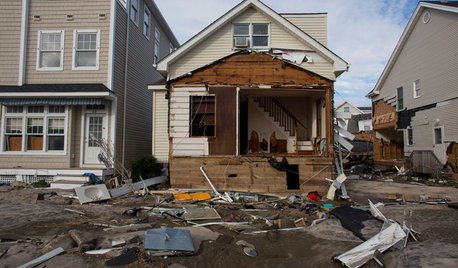
DISASTER PREP & RECOVERYHow to Combat Mold in a Flooded House
Before you rebuild or restore your water-damaged home, take these steps to keep mold at bay
Full Story
REMODELING GUIDESCrown Molding: Is It Right for Your Home?
See how to find the right trim for the height of your ceilings and style of your room
Full Story
BRICK9 Ideas for Brick That Break the Mold
Bricks are as beautiful as they are useful, as these out-of-the-ordinary designs reveal
Full Story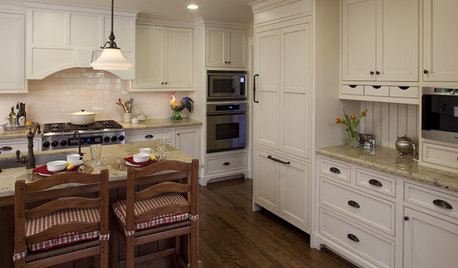
KITCHEN DESIGN9 Molding Types to Raise the Bar on Your Kitchen Cabinetry
Customize your kitchen cabinets the affordable way with crown, edge or other kinds of molding
Full Story
GREAT HOME PROJECTSHow to Bring Out Your Home’s Character With Trim
New project for a new year: Add moldings and baseboards to enhance architectural style and create visual interest
Full Story
MOVINGHome-Buying Checklist: 20 Things to Consider Beyond the Inspection
Quality of life is just as important as construction quality. Learn what to look for at open houses to ensure comfort in your new home
Full Story
MOVING5 Risks in Buying a Short-Sale Home — and How to Handle Them
Don’t let the lure of a great deal blind you to the hidden costs and issues in snagging a short-sale property
Full Story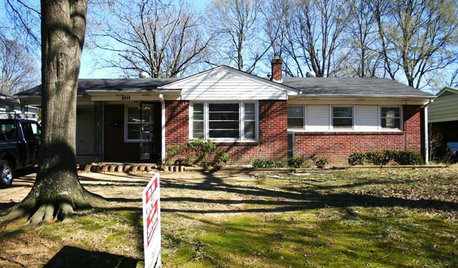
REMODELING GUIDES5 Ways to Protect Yourself When Buying a Fixer-Upper
Hidden hazards can derail your dream of scoring a great deal. Before you plunk down any cash, sit down with this
Full Story
KITCHEN DESIGNA Cook’s 6 Tips for Buying Kitchen Appliances
An avid home chef answers tricky questions about choosing the right oven, stovetop, vent hood and more
Full Story
FURNITUREHow to Buy a Quality Sofa That Will Last
Learn about foam versus feathers, seat depth, springs, fabric and more for a couch that will work for years to come
Full StoryMore Discussions







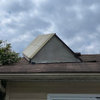

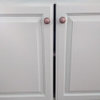
TexasCatherder